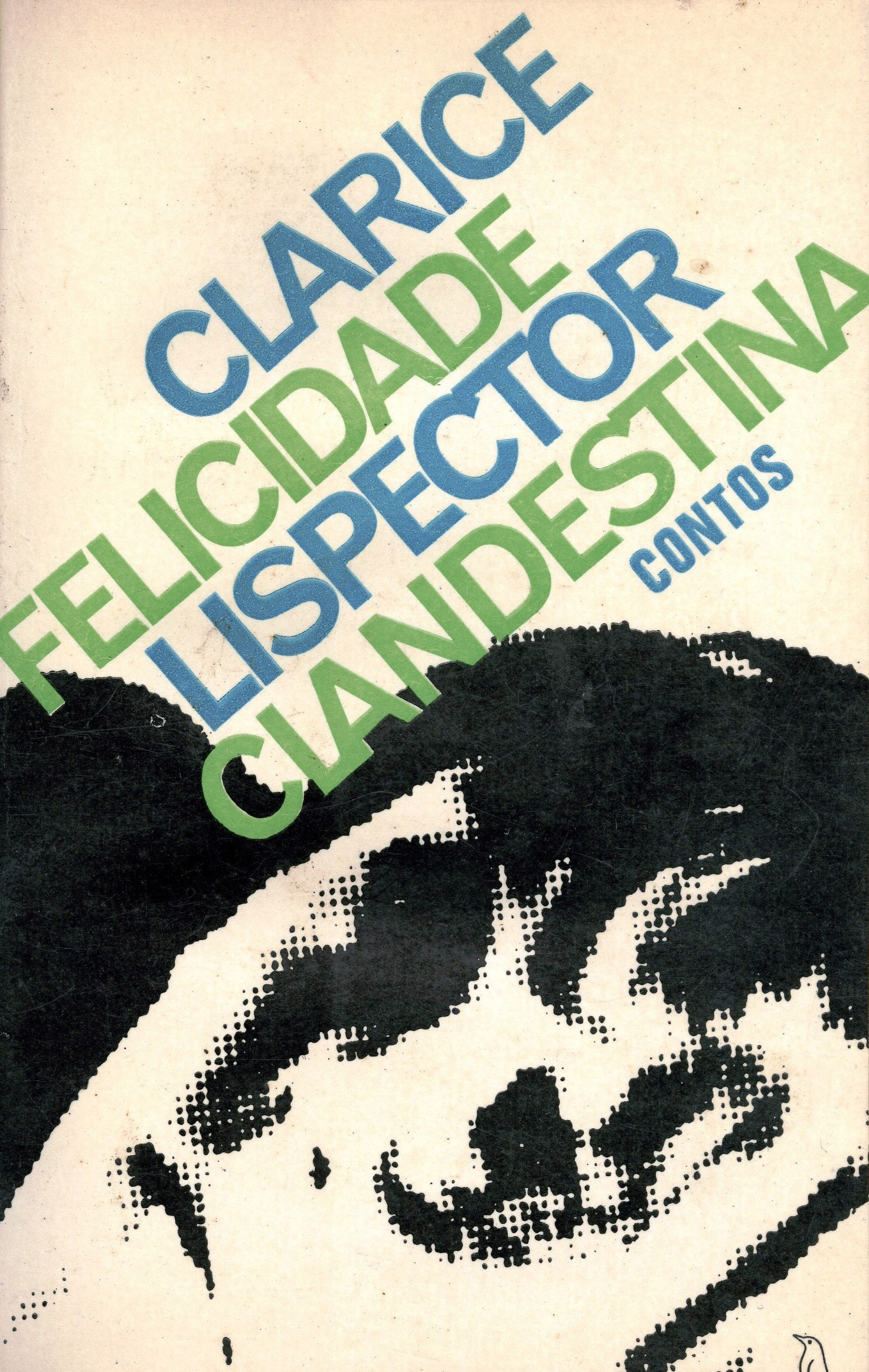Becoming a book lover, feeling life flowing from one mouth to another in a kiss, at the sea, recognizing “the most unintelligible of non-human existences” in a broken tooth, the meaninglessness of everything. Here are some microcosms revealed in the tales of Covert Joy, published in 1971. Whether or not this work represents Clarice Lispector’s autobiographical record, composing a certain memorial perspective, is perhaps not the most relevant question, since once taken to the territory of storytelling, the lived material becomes a sign of something else, it becomes fiction.
The important thing in the reading experience that Covert Joy provokes is the imaginary experience that each short story – a narrative genre that Julio Cortázar said was “like water trembling in a crystal” – activates in the movement of her discourse.
Brief and tense, these tales fulfill an extraordinary destiny towards the opening of life; in each one, the indisputable presence of Lispector’s talent to communicate what she sees in the recesses of the world. Like an astute boxer, she strikes the reader by overcoming all resistance, and the reader, at her feet, bows happily.
ByMartha Alkmin

